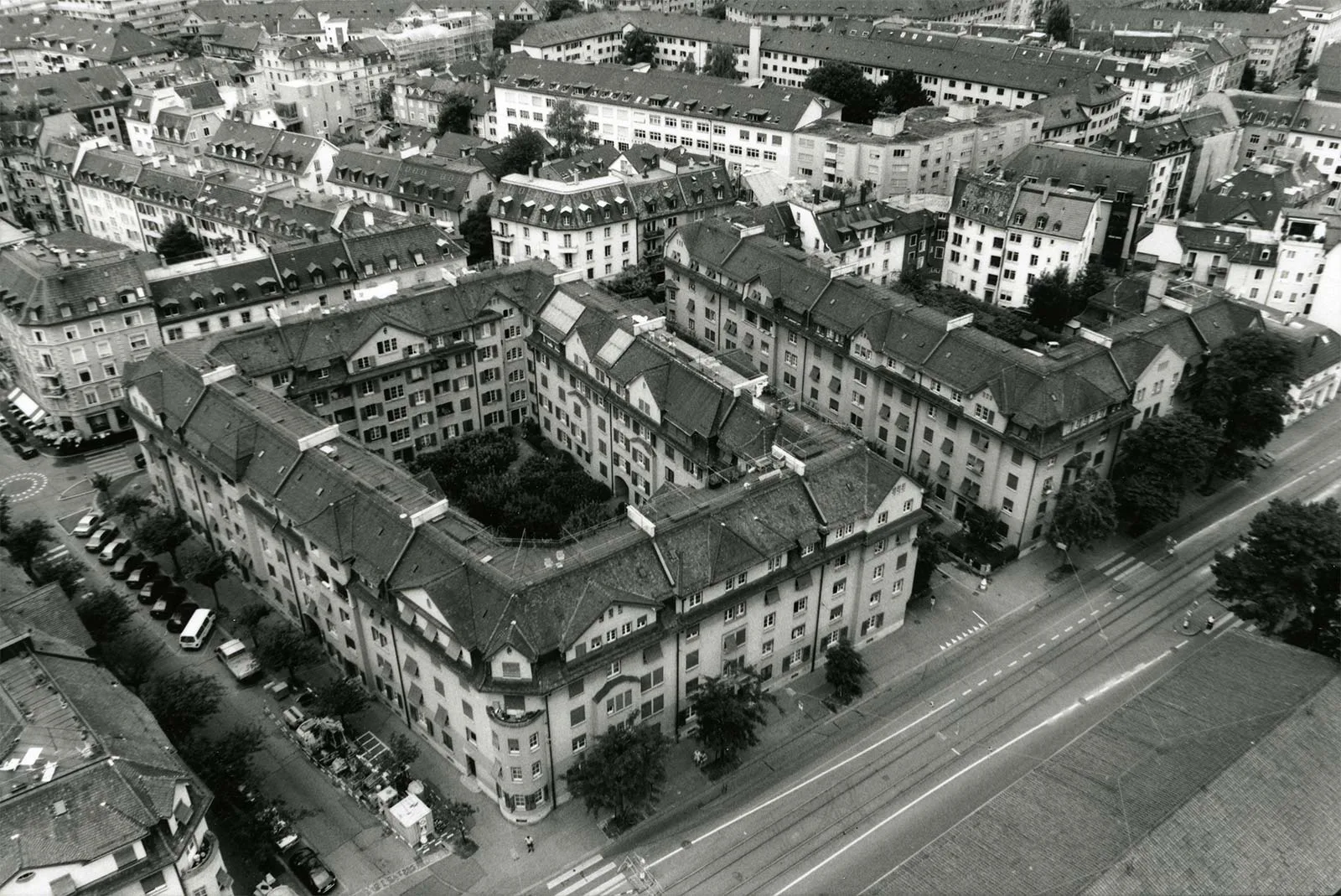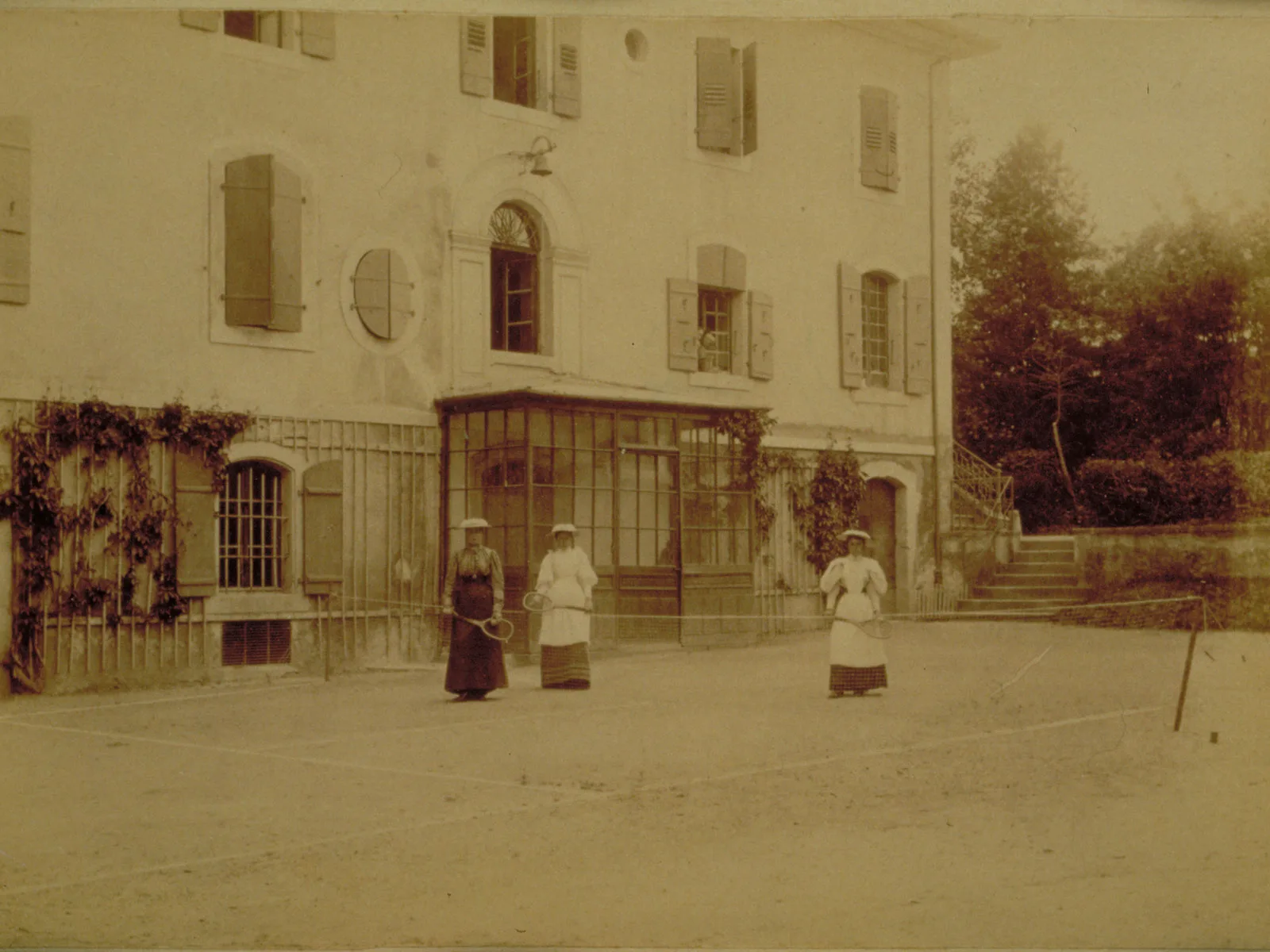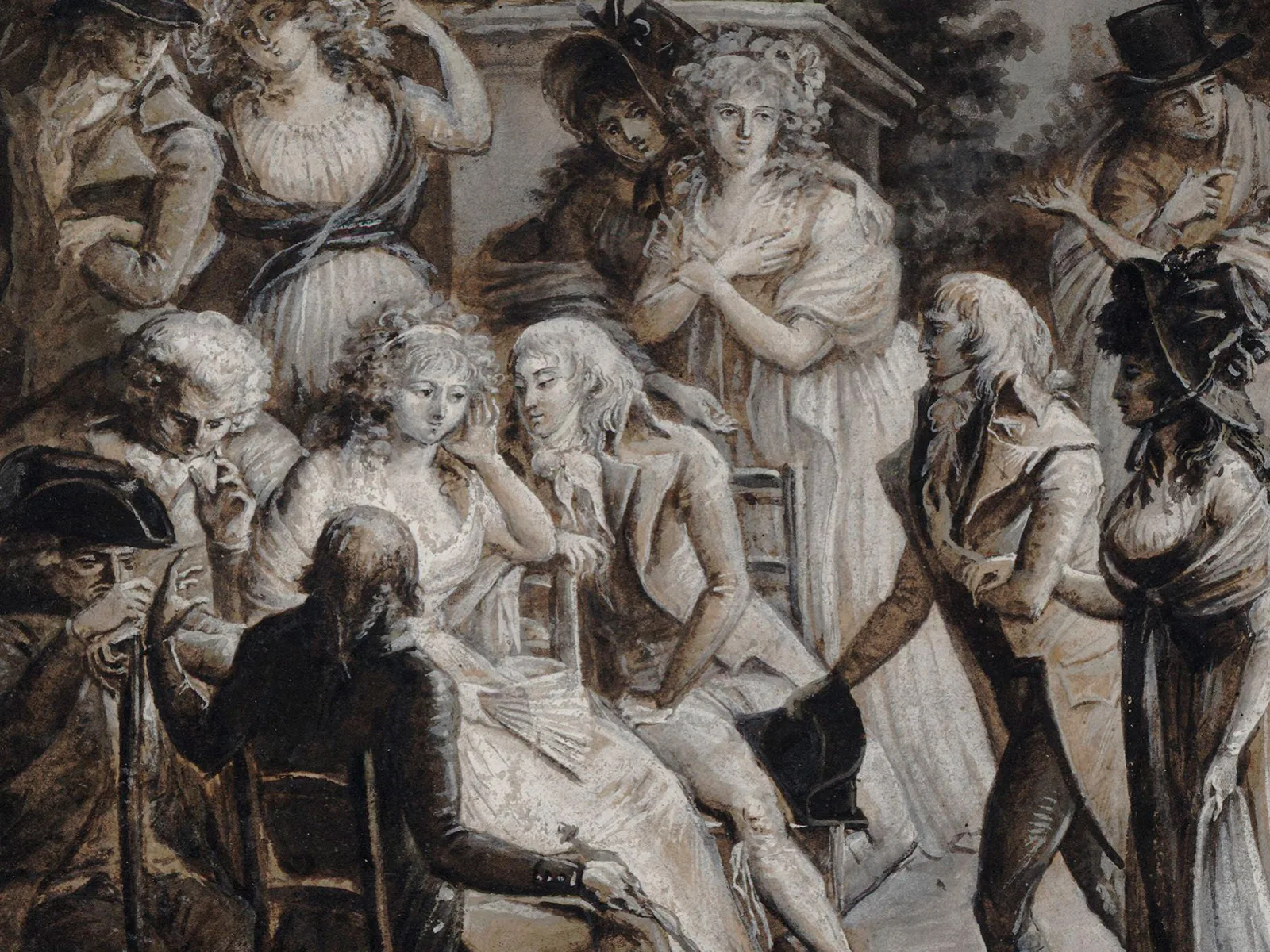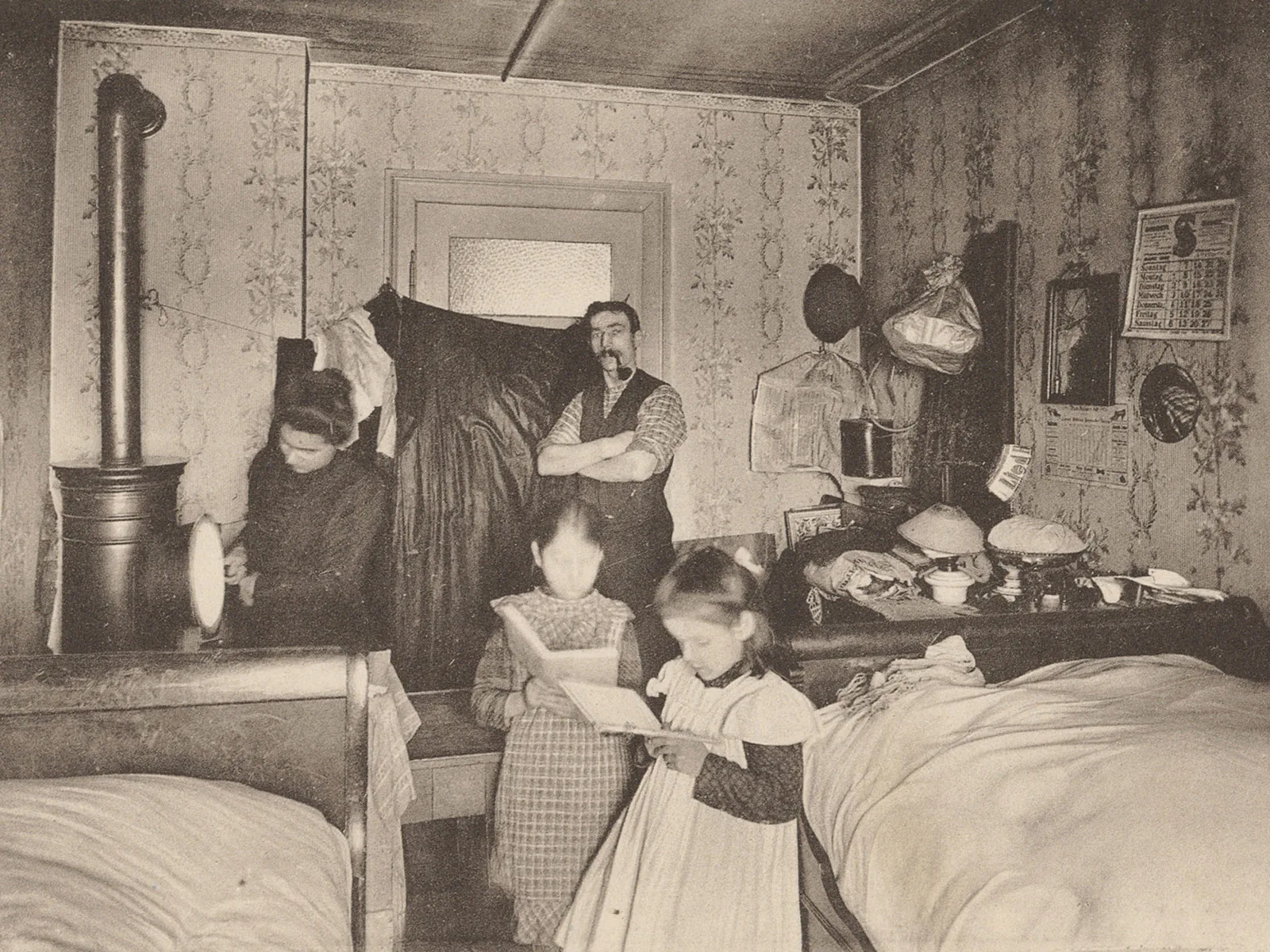
The history of urbanisation and affordable housing in Switzerland
Housing shortages first became a hot topic in Switzerland in the second half of the 19th century. At the time, the issue was referred to as the ‘workers’ housing question’. It presented a challenge to municipal governments and even led to riots.
Excerpt from the programme Literatur Magazin of 10 December 1989, Albert Hauser: ‘Das Neue kommt’ (in German). Swiss Television
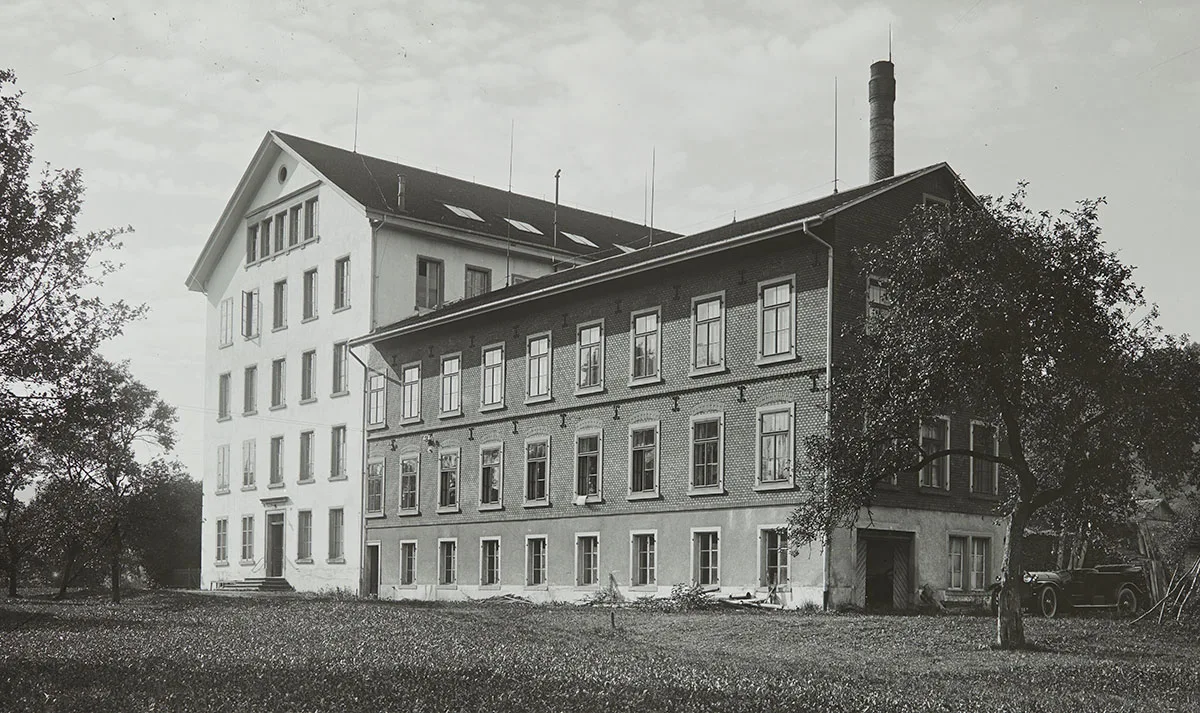
Night lodgers and boarders
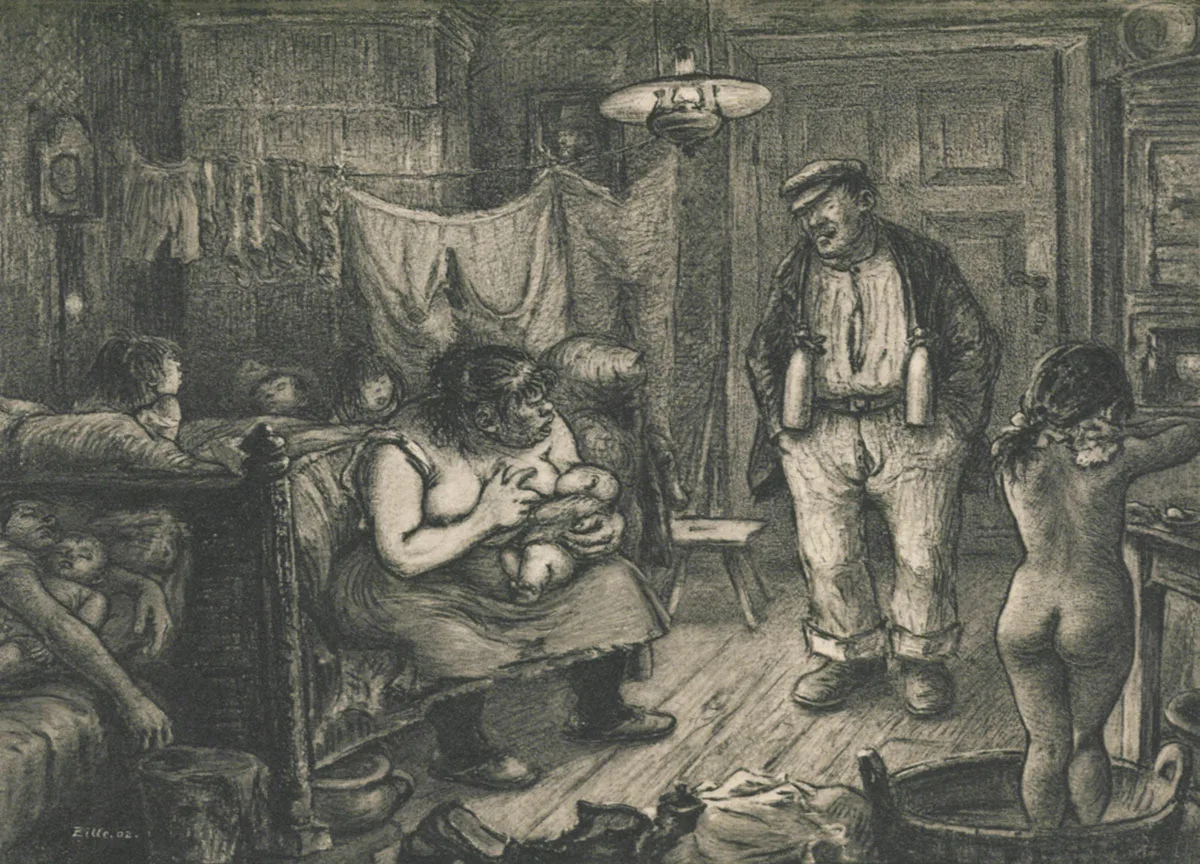
Public debate
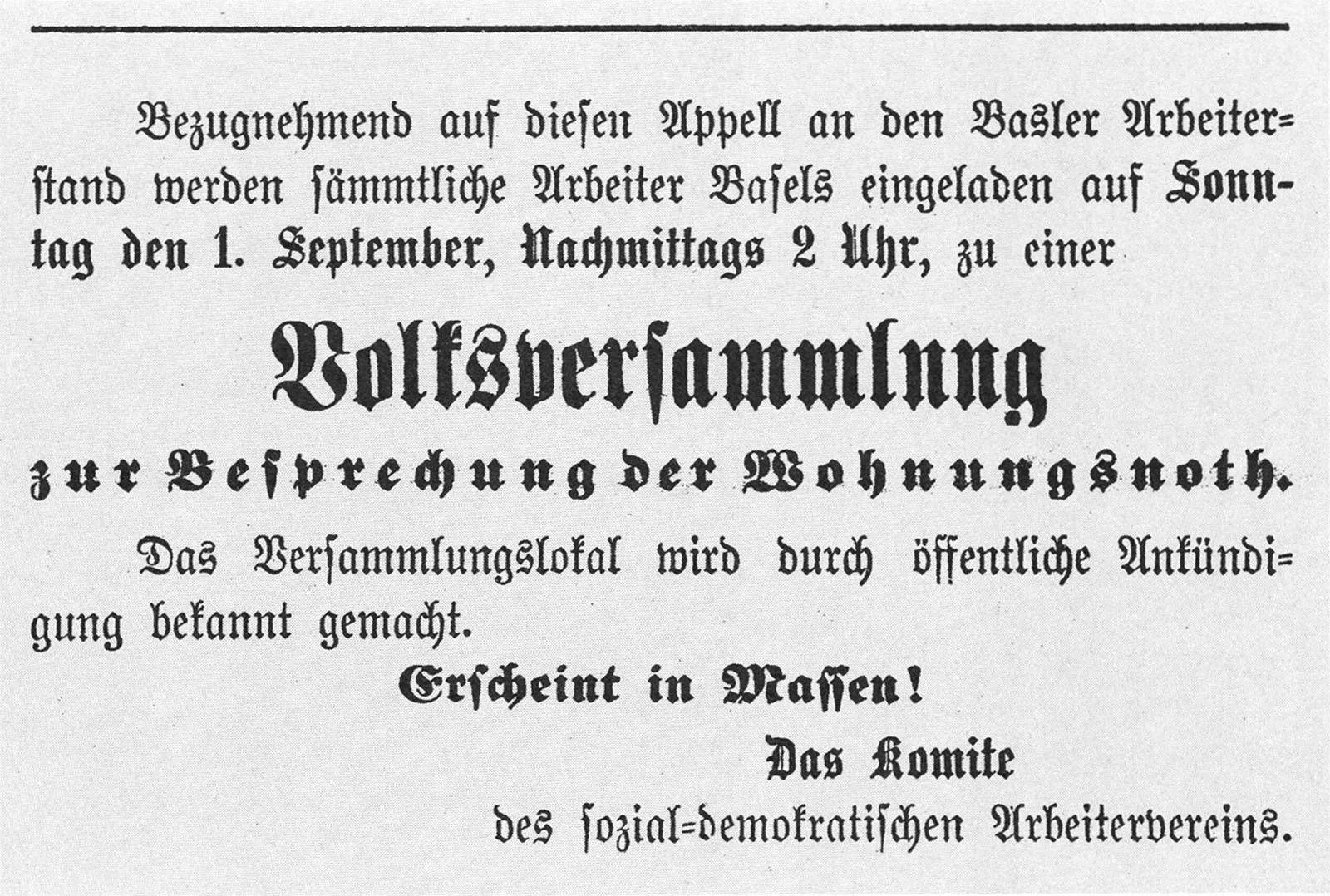
No initial tangible results
